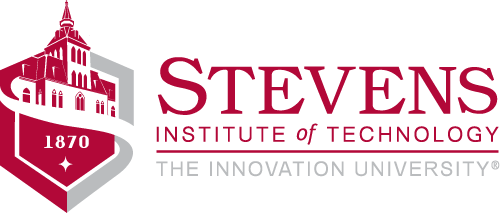WASHINGTON – Academics are pushing a new market framework that, rather than place limits on high frequency trades, would redefine the roles of market makers and traders to create fair access to price quotes and trades.
In a webinar hosted Wednesday by the Investor Responsibility Research Center Institute, Executive Director Jon Lukomnik detailed the recommendations of the Stevens Institute of Technology report.
“If you [a trader] are in a zone where you can get market price information prior to it being available to the general market through the source of a securities information processor, then you have some sort of information asymmetry.”
The report’s lead author, Khaldoun Khashanah, director of the financial engineering program at Stevens Tech, described a framework of “information transmission zoning” that would distinguish market makers from traders based on this access.
If a broker operates in the innermost information zone, he is, by Khashanah’s definition, a market maker. He can act as an electronic specialist, with returns based on fees for providing liquidity, but not as a trader whose returns would result from what the author calls “competitive algorithms in fair financial information order flow with no systemic information advantage.”
The harm of imbalanced access to information is not a threat to all. Mark Calabria, the director of financial regulation studies at the Cato Institute in Washington, said regulating high frequency trading is premature.
“This kind of price information,” Calabria said via phone Wednesday, “would not be created unless someone is willing to invest in its creation and collection.” In other words, if a firm is willing to pay for quicker access to information it should be permitted to do so.
While the SEC has not taken a position on the Stevens report, Chairwoman Mary Jo White has addressed regulatory concerns.
“The SEC should not roll back the technology clock or prohibit algorithmic trading,” White said at a June conference in New York, “but we are assessing the extent to which specific elements of the computer-driven trading environment may be working against investors rather than for them.”
High frequency trading is a not a recent development, but the practice gained widespread attention earlier this year when Michael Lewis asserted that U.S. equity markets were rigged by this kind of rapid-fire trading during interviews promoting his book, Flash Boys.
The Investor Responsibility Research Center Institute commissioned the report. The research center was established with proceeds from the sale of the Investor Responsibility Research Center to Institutional Shareholder Services Inc. in 2006, and, according to its website, does not participate in any outside fundraising.


